14-21 Day Travel Itinerary for Organic Vegan Raw Food, Hot Springs, Beach & Detox in Costa Rica
If you’re looking for a new destination for your next detox holiday, you may want to consider Costa Rica in Central America. A year-round tropical climate offers plenty of fresh fruits such as papaya, pineapple, banana, coconut and passionfruit. Add mountains, volcanoes, beaches, hot springs, zip-line adventures and rain forest and you’ve got nature + raw food + sun…the perfect combination for a fantastic health holiday!
My suggestion for Costa Rica is to plan for at least 14-21 days; if you want to do a raw food retreat or fruit feast then plan for 28 days or even more. I recommend to hire a car for the first 2 weeks of your journey to give you a chance to get around more quickly and easily. After that, you may want to return the rental car and settle in to a retreat center for another week or two of organic raw food bliss. Scroll down to the end of this article for important tips on renting a car in Costa Rica.
14-21 Day Itinerary for Costa Rica
Day 1-3 at Playa Montezuma for Natural Beaches & Coastline
Fly into San Jose, pick up your rental car and head straight for Montezuma Beach. It should be about a 2-4 hour drive to the car ferry depending on traffic; the ferry takes you to Puntarenas, and from there, it’s about a 45-minute drive over partially dirt and pot-hole filled roads to Montezuma, but well worth it! This is a great place to relax, work on your tan, walk the beach, eat raw foods and have a nice introduction to Costa Rica. We stayed at Mariposario Bed and Breakfast which I really liked for a few reasons: 1. clean and quiet, 2. nice gardens, 3. nice owner, 4. wifi and breakfast included, 5. a small kitchen to make salads and chop fresh fruit every day and 6. a good price at $50 per night. Our days in Montezuma consisted of an early morning beach walk from Ylang Ylang Resort, in my opinion one of the most beautiful and easily accessible beach walks in the world, followed by a fresh juice or spirulina smoothie at Ylang Ylang’s gorgeous restaurant. Another option is to take the daily yoga class at 8:00am, as an outside guest it costs $12 pp.
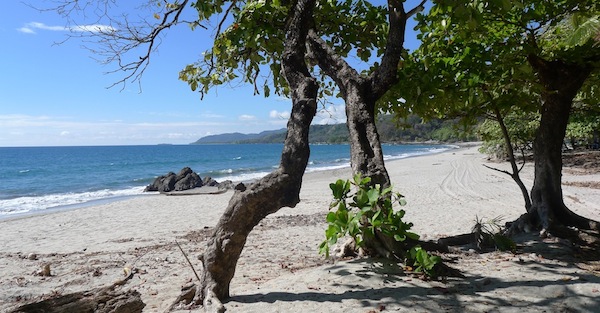
The beach at Montezuma, Costa Rica
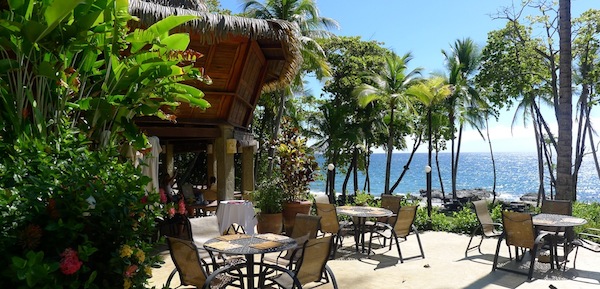
Ylang Ylang Resort in Montezuma, Costa Rica

Yoga Sala at Ylang Ylang Resort
Afternoon activities can include taking a surf lesson, sitting in the sun, wandering the shops in town or driving along the coast to nearby Mal Pais and Santa Teresa, both beautiful beaches worthy of exploration. My favorite daily treat was to walk 10 minutes up the road from Mariposario to Anamaya Resort and Retreat Center and use their far infrared sauna – a bargain at $10 pp for 60 minutes! Without a doubt, Anamaya has the best view ever from a far infrared sauna! Imagine watching monkeys play in the papaya trees and 180 degree views of beach and sea while sitting inside the sauna, contemplating health, love and longevity!

Infinity Pool at Anamaya Resort

Anamaya Resort, a Yoga Teacher Training Center

Slice of Paradise at Anamaya Resort
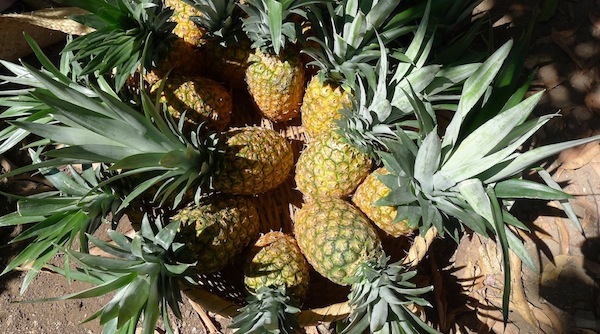
Organic Market in Montezuma every Saturday
If you’re in Montezuma on a Saturday, be sure to check out the organic fruit and vegetable market in the center of town starting at 11am. Raw food fans of Victoras Kulvinskas may want to look up his schedule of workshops and retreats offered from his home in the Montezuma area.
Day 4-6 at Nicoya Peninsula for Jungle Forest
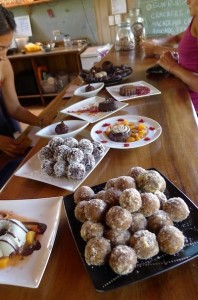
Raw Cacao treats at the Cacao Bar
On Day 4 head towards Nicoya Peninsula and stay at Pachamama for a few days to experience living in a hippie commune in the jungle forest with simply divine gluten-free food made by Alon, their Israeli master chef and yummy raw cacao treats at their Cacao Bar.
Choices of accommodation include camping, casita or cabin, depending on your budget. Daily yoga classes and meditation are included in the cost of your stay.
Plan on driving to Pachamama during the day since there is about 20-30km of dirt road and not the best road signs in that area in general. If unsure, stop and ask the locals.

Pachamama’s Tara Garden for yoga classes & evening talks
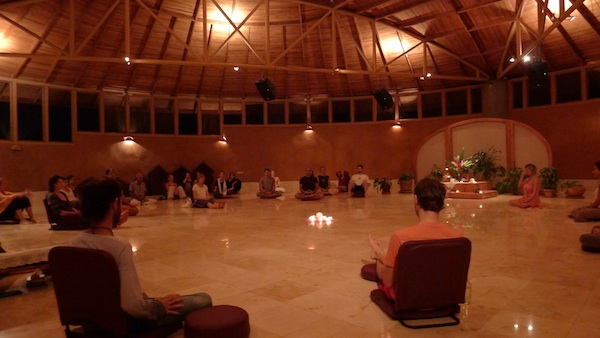
Daily Silent Meditation at Osho Hall in Pachamama
I stopped by Hacienda Del Sol Retreat Center which is also in the Nicoya Peninsula and actually very close to Pachamama, but found it to be pretty run down and energetically uninviting. The local staff member at the restaurant didn’t speak any English and told us the restaurant was closed; we were unable to find any other reception or staff; the grounds appeared overgrown and bungalows seemed shabby and no one ever answered my email enquiry sent several weeks before my arrival. I’m not sure if they were closed temporarily or what but based on my experience, I would not recommend this place for detox.
Day 7-8 to Zip-Line and Hike in the Cloud Forest at Monteverde
On Day 7, drive from Nicoya inland towards Monteverde via Liberia. It’s about a 7-8 hour drive but gorgeous views as the scenery changes from rain forest and beach to pasture to cloud forest. Plan to spend 2 nights at Monteverde, and if you can, book a bunk bed room at the Arco Iris Lodge for only $35 USD per night. We felt very lucky to find this resort with nice staff, beautiful gardens, banana trees and lots of flowers…a real gem compared to other places in town! Spend one day checking out the Monteverde Cloud Forest Reserve, and the next morning book a zip-line tour before heading off for the 4-hour drive around the lake to Arenal Volcano. From Nicoya to Monteverde to Arenal, plan to stock up on fruits at roadside stalls as there isn’t much in the way of raw food restaurants in these areas.
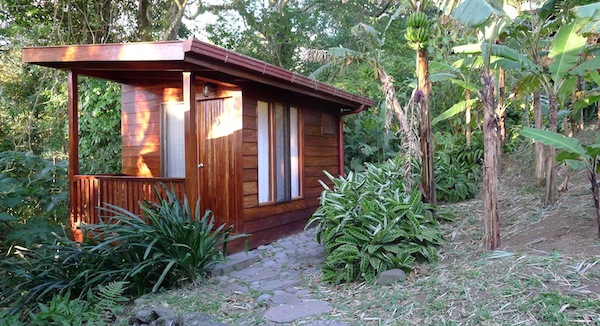
Cabin at Arco Iris next to Banana Trees
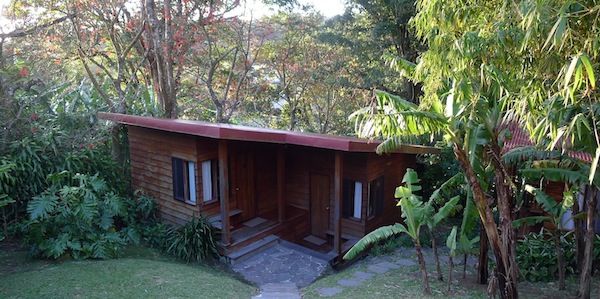
Bunk rooms at Arco Iris, a great bargain!

Nicer cabins also available at Arco Iris Eco Lodge
Day 9 for Natural Hot Springs at Arenal Volcano
Depending on your schedule, stay 1 or 2 nights in Arenal, Costa Rica. With only one night to spend there on our schedule, we headed straight for the hot springs. A great choice is Tabacon Hot Springs, the only 100% natural hot spring resort in Arenal. If you arrive after 6pm, you get a discounted rate of $45 pp (as opposed to the daytime rate of $60 pp). We decided to splurge on the all-natural experience at Tabacon and it was well worth it! A second day in Arenal would give you the opportunity to check out the National Park and have another evening at the hot springs. We tried to stay at the Arenal Backpacker Resort but it was full, so we checked-in next door at Sierra Arenal and actually enjoyed it very much, with a nice grassy garden area and a great view of the volcano for $35 USD per night.
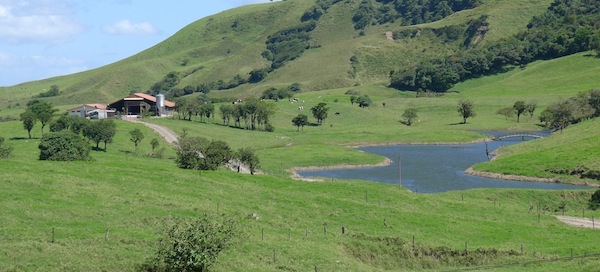
Scenic drive from Monteverde to Arenal, Costa Rica
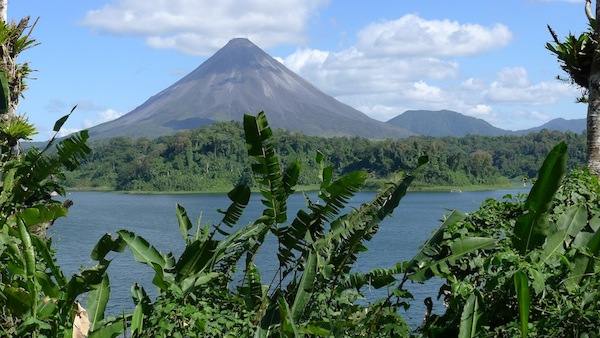
Arenal Volcano…Gorgeous!
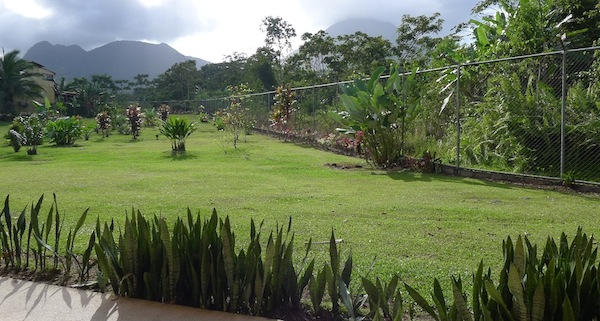
View from Sierra Arenal Hotel near Arenal Volcano
Day 10-14 for Raw Food, Detox and Nature at Finca de Vida or Farm of Life
On Day 10, plan to head south for more organic raw food and the chance to do a detox at Finca de Vida, or Farm of life, my #1 pick for a raw food retreat or juice fast in Costa Rica. If you are on a 14-day trip, you may want to keep the rental car and make the 8-hour drive from Arenal to the Dominical area to be able to experience Finca de Vida for the last 4 days of your stay. Or, better yet, plan for 21 days or more and spend your last week or two at the farm to rest, juice fast or fruit feast, take raw food cooking classes, enjoy daily yoga and meditation or join an organized retreat for a detox with colon cleansing. If staying longer, you may not want to waste money on a rental car; in that case drive the car from Arenal back to the San Jose airport to return the rental and from there book a 4-hour shuttle from the airport to Finca de Vida (they can arrange this for you).
Either way, on the drive from Arenal back towards San Jose for sure plan to stop at Lands in Love. This is a must-see for animal lovers. Anyone who wants to support the rescue cats and dogs can even stay longer, either in their hotel or as a volunteer. Lands in Love is an Israeli-owned rescue center for cats and dogs with over 200 animals on site. Their restaurant is a welcomed oasis on the road from Arenal with a good menu of salads, Israeli food, and several vegan and gluten-free options as well. For any veterinary students, surgeons or physicians looking for a international volunteer job, Lands in Love is perfect and in need of your expertise! What an opportunity to work in Costa Rica, experience the culture and sights but also put your skills to work with these gorgeous rescue dogs and cats that need your help!
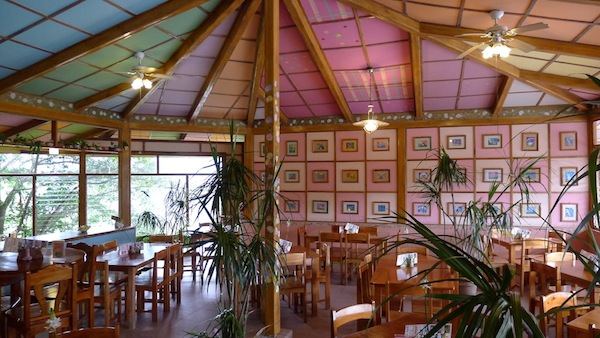
A project of love, and this place is full of Love!
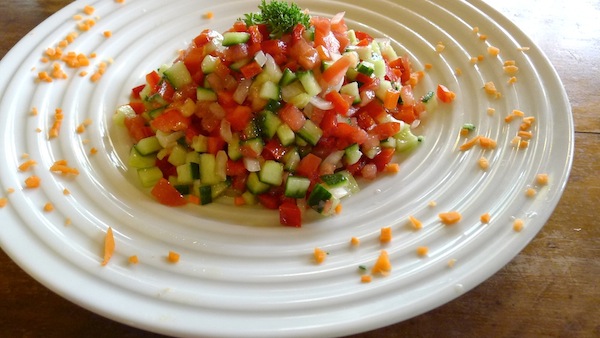
Israeli Salad at Lands in Love Restaurant, Costa Rica
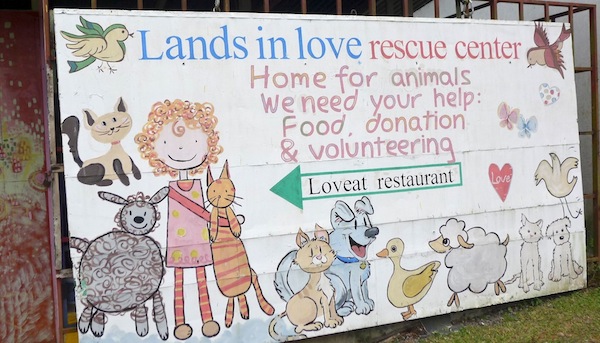
Lands in Love Restaurant, Boutique Hotel & Animal Rescue Center

Natural mineral spring at Finca de Vida
This place is truly an oasis and is best saved for last, after all the driving and travel around Costa Rica you will be happy to reach the quiet, beauty and organic raw food at Farm of Life.
The owners, Brian and Jodi, set a top-notch standard in caring for their guests and with smaller groups and a limited number of bungalows, you’re sure to get more personal attention and a true sense of community between staff, volunteers and guests.
If you have the time, book a room for 1 month and to eat 100% organic raw foods, be in nature and enjoy having the time to heal. Be sure not to miss the on-site natural mineral spring pools and the nearby weekly local organic market.
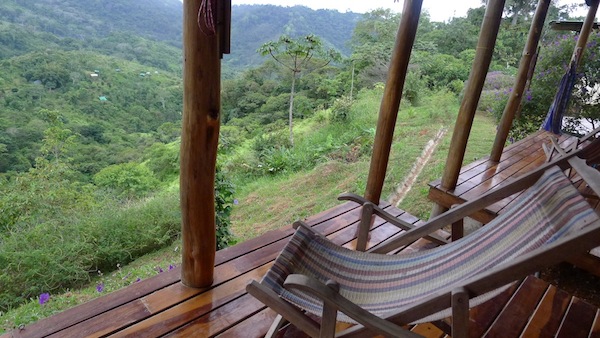
Paradise found…view from the guest bungalow at Farm of Life

Staff and guests joining together for a Breath Workshop

Early morning view from the restaurant at Fica de Vida, Costa Rica
If you have more time, check out Osa Peninsula in the south of Costa Rica. We didn’t have a chance to get there in our 14-day trip, but we heard it’s amazing and worth a visit. To drive onto the peninsula, you will need a 4wd vehicle.
Budget for Costa Rica
Anyone who has traveled in Thailand or SE Asia will find the prices in Costa Rica to be very high! In researching online before our trip, it seemed that every hotel was a minimum of $80-100 USD per night. By looking around and not booking in advance, we managed to find places more in the $35-50 USD per night range. That said, with the rental car and cost of food (an average salad to be $10-15 USD), 14 days in Costa Rica was expensive. If you live in North America, you’ll save money and time on the flight so that is definitely something to consider. There are many other countries in Central America which are cheaper than Costa Rica, so research and plan according to your budget. If you have the time, consider volunteering for 1 month or more on an organic farm or at one of the retreat centers – it’s a reasonable way to experience Costa Rica for just a fraction of the cost.
Practical notes on renting a car in Costa Rica
Car rental rates in Costa Rica are not cheap since the car rental companies seem to require mandatory insurance which is not listed in any online booking form. Our 2-week car rental cost over $700 USD, but there was no way we could have seen as much as we did without a car. (One word of advice: do NOT use Thrifty Car Rental). The roads in Costa Rica are not marked and it’s easy to get lost…also the GPS is not very accurate due to many dirt roads that aren’t listed in the computer. The only real way to get around is to stop in every small town and ask which way to the next town. Well, it’s the old-fashioned way but it works! We were happy we didn’t bother with a GPS, and actually we rented a Toyota Yaris 2-wheel drive which we drove everywhere ‘Costa-Rica style’ and didn’t have any problems getting stuck on river crossings or 4-wheel drive dirt roads. January being dry season makes it possible to have a 2-wheel drive car (January to March is the high-season and best time of year weather-wise to go). If you rent a 4-wheel drive car, be careful to not rent the Jimmy or if you do do not leave any valuables inside; apparently it is very easy to break into and gets robbed more often than any other rental vehicle.
Safety in Costa Rica and Where to Stay Near the San Jose Airport
With all the warning about robberies and safety in Costa Rica, it’s always important to keep your street smarts; that said, we did not have any problems at all and found the Costa Ricans to be very helpful with directions and quite friendly and nice overall. If you need to spend one night near the San Jose airport either at the beginning or end of your journey, I highly recommend Hotel Pacande in Alajuela as a clean, safe affordable option with friendly staff. I hope you enjoy your trip. Eat lots of papayas and….see you on the road!
More Articles on Costa Rica
Read my article on Pachamama: Gluten-Free, Raw Food and Detox at Pachamama, Costa Rica.
My awesome experience at Finca de Vida: Fasting Retreat, Organic Raw Food & Total Relaxation at Farm of Life in Costa Rica.
More on Traveling Raw:
- Restaurant Cards for Celiac, Gluten-Free & MSG-Free
- Rasayana Raw Food Vegan Restaurant in Bangkok, Thailand – Yum!
- Vilcabamba, Ecuador: The Raw Food Valley of Longevity… or Just Hype?
- Reconnect with Nature in Guatemala with Fresh Juice, Raw Food, Mayan Ruins & Volcanoes
- How to Eat Out and Order Raw Food in Normal Restaurants


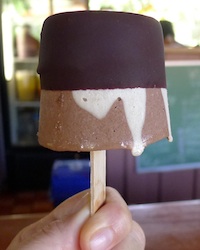
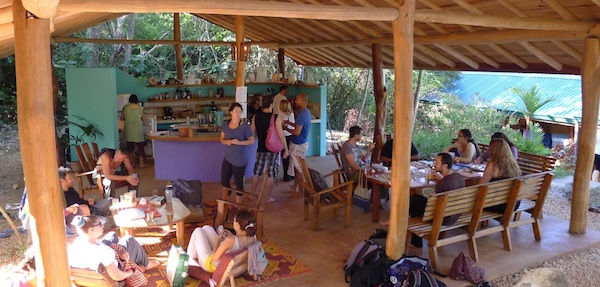
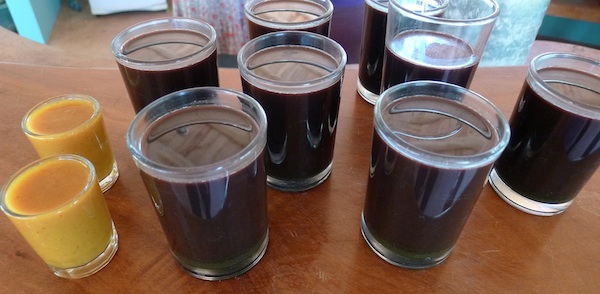
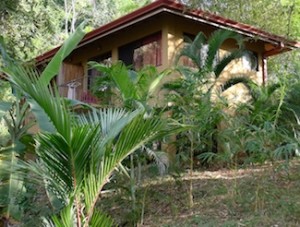

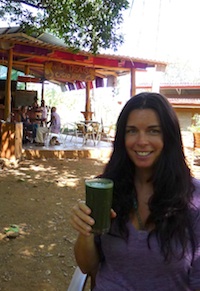
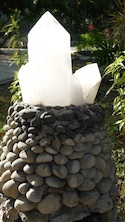
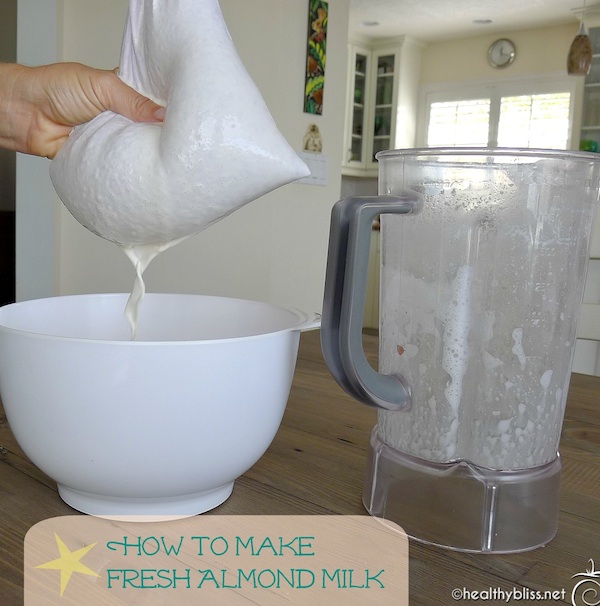


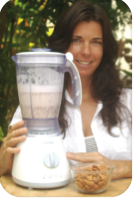
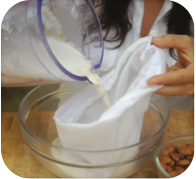


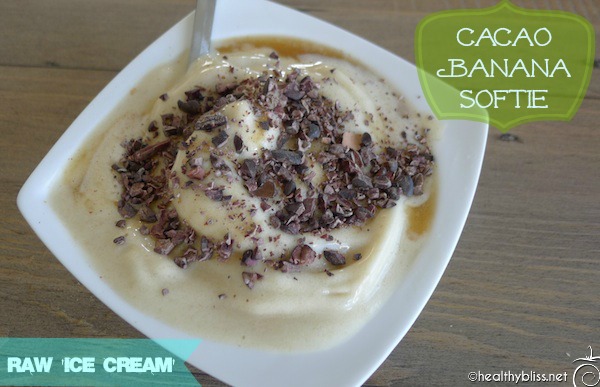
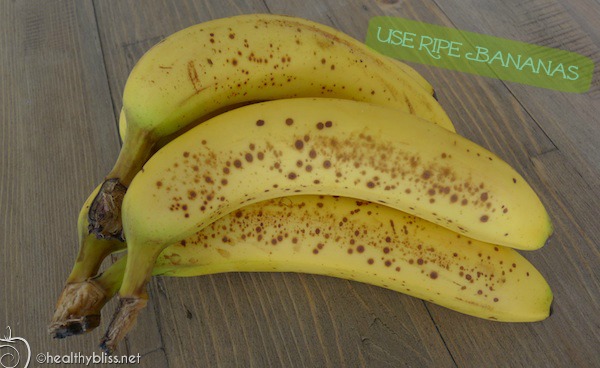


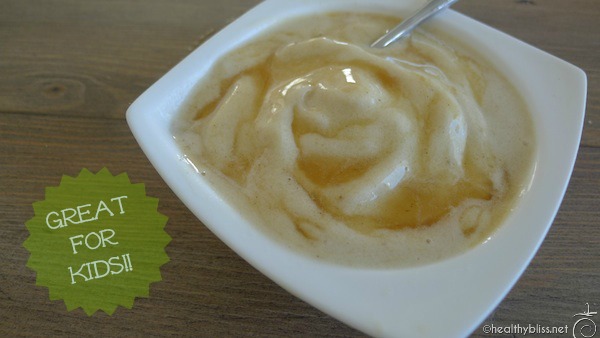








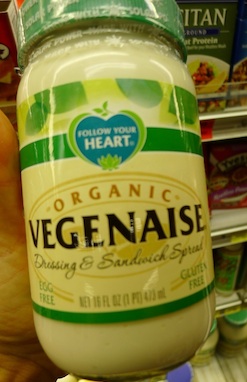
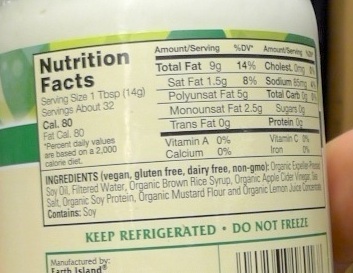
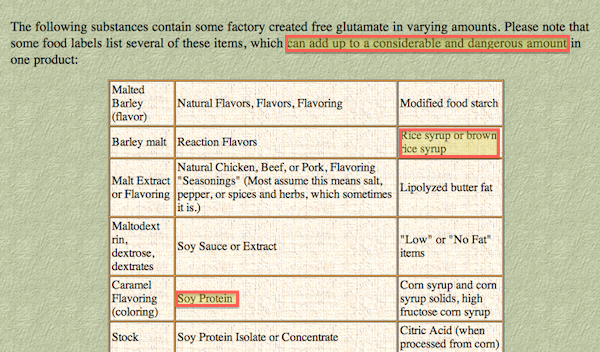
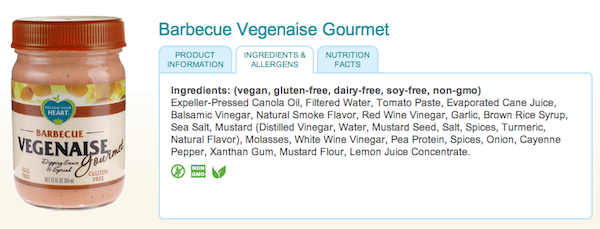









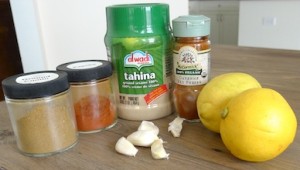
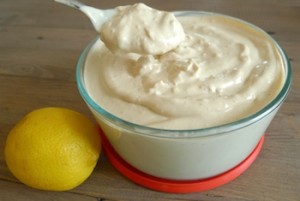







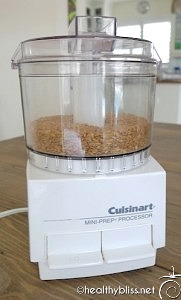
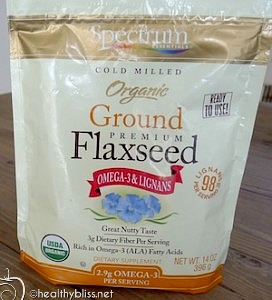
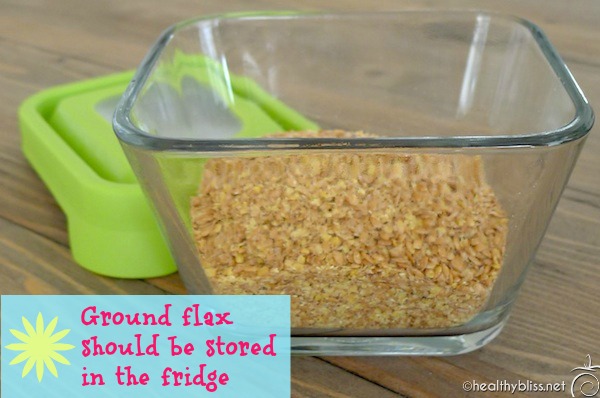








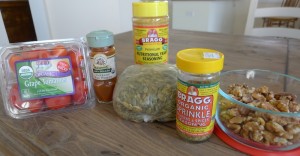

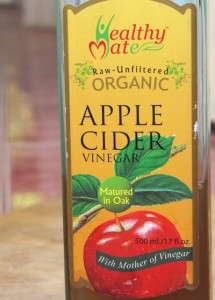
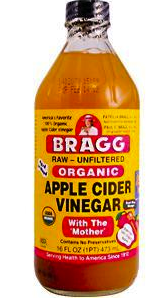






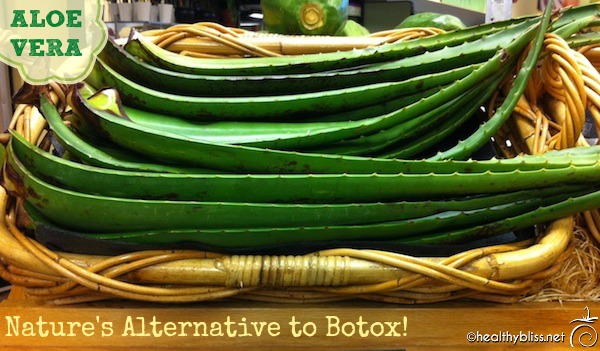
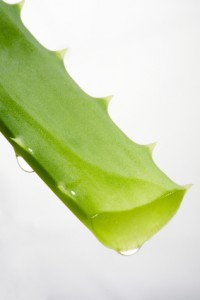
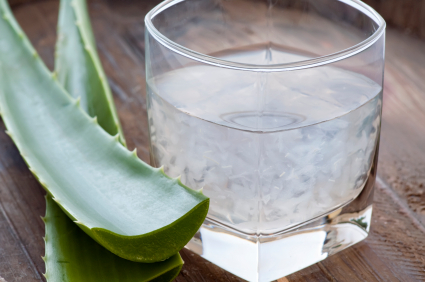







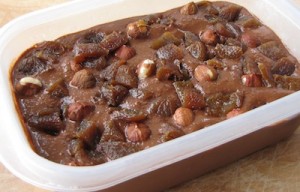
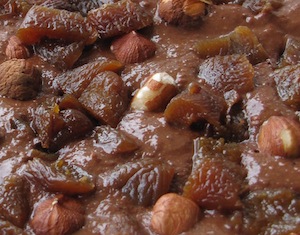





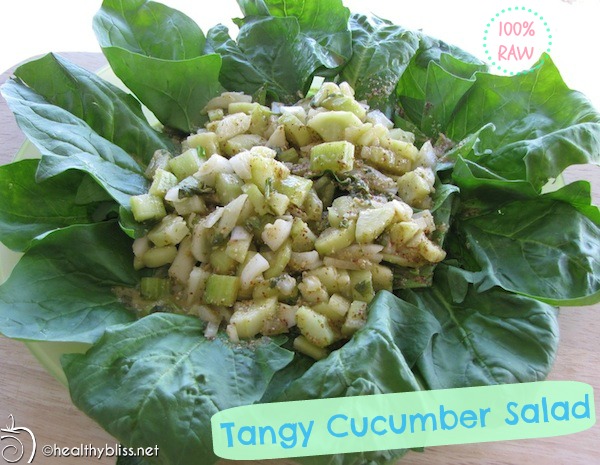
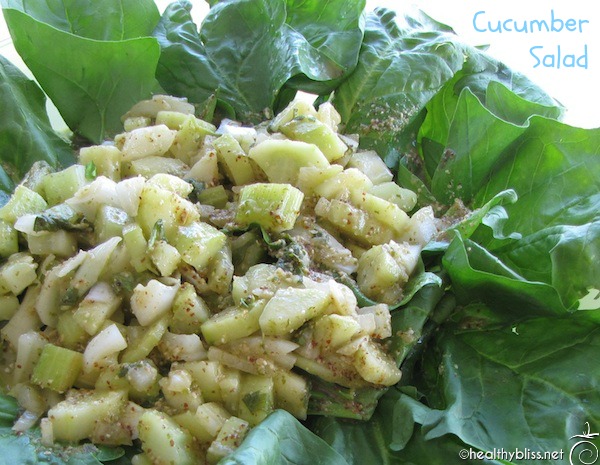
Follow Jennifer